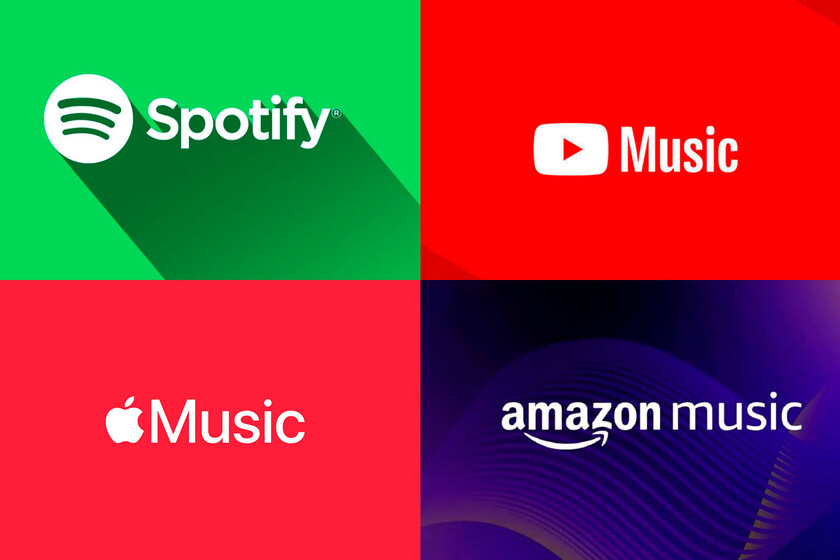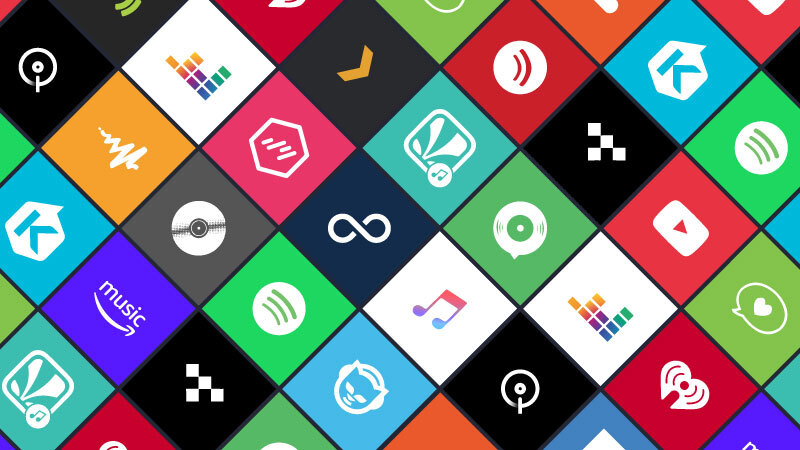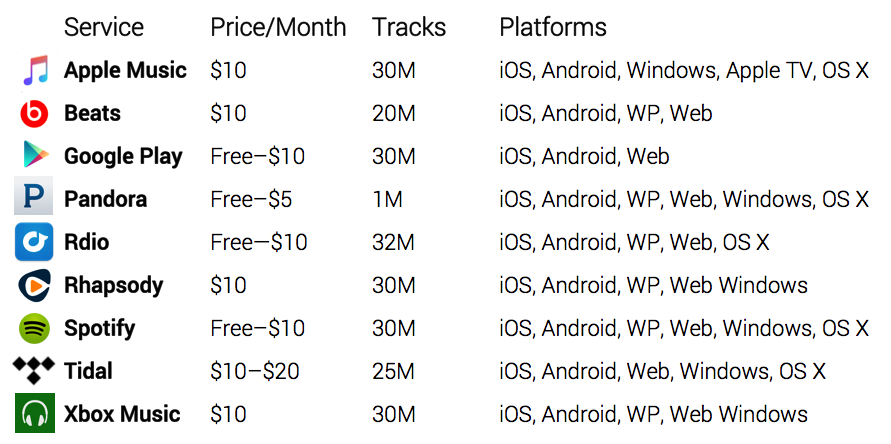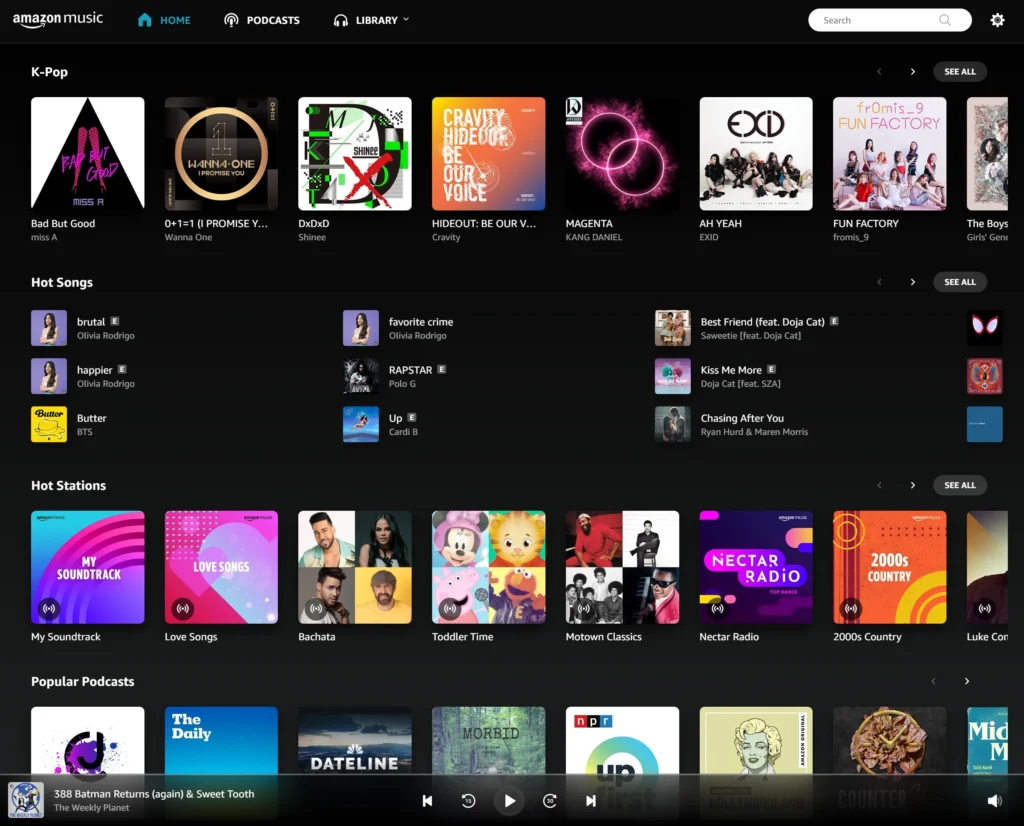
When it comes to music streaming services compared, there’s no shortage of opinions. Whether you’re a die-hard audiophile or a casual listener, choosing the right platform can feel overwhelming. In this article, we’ll dig deep into Spotify, Apple Music, and Amazon Music. We’ll explore features, pricing, sound quality, exclusive content, and even offer original insights from recent studies. From industry reports to expert opinions, we’ll provide a comprehensive review that helps you decide which platform best fits your lifestyle.
Let’s dive in, shall we?
1. The Evolution of Music Streaming
Music streaming services compared have come a long way over the past decade. What began as a digital experiment has transformed into a robust industry worth billions. Today, platforms like Spotify, Apple Music, and Amazon Music dominate the space by offering millions of tracks, personalized playlists, and innovative features.
A Brief History
The journey started with simple MP3 players and rudimentary online radio stations. With the advent of high-speed internet, streaming services began offering real-time music experiences. For example, Spotify launched in 2008, pioneering the freemium model that changed the way we consume music. Apple Music and Amazon Music soon followed suit, each adding their own twist.
Spotify: Known for its algorithmic playlists and extensive library, it quickly became the go-to for personalized music curation.
Apple Music: Leveraging its ecosystem, it offers seamless integration across devices with exclusive content and editorial selections.
Amazon Music: With competitive pricing and integration with Amazon’s retail ecosystem, it appeals to a vast, value-seeking audience.

Recent reports, including studies from Statista and Gartner in 2023-2025, reveal that the industry has seen a steady annual growth rate of around 15%. These statistics underline the growing competition among streaming platforms as they vie for market dominance.
Statista Report | Gartner Insights
2. Key Features and User Experience
When comparing music streaming services, the user experience is paramount. Each platform has unique features, and understanding these differences can help determine which is the best for your musical taste.
User Interface and Design
Spotify: The interface is user-friendly, with a clean design and intuitive navigation. Its algorithm-driven playlists, like Discover Weekly, feel almost like having a personal DJ.
Apple Music: Apple leverages its sleek design language, making the app feel like an extension of its other products. The interface is polished, though some users find it slightly less intuitive than Spotify.
Amazon Music: Amazon’s design focuses on simplicity and ease of use. It integrates well with Alexa-enabled devices, making voice commands a key feature for many users.
Music Quality and Libraries
When it comes to audio quality, all three services offer high-fidelity options, but there are subtle differences:
Spotify: Offers up to 320 kbps on premium plans, which is more than sufficient for casual listening.
Apple Music: Boasts lossless audio options that are perfect for audiophiles.
Amazon Music: Provides a similar quality range, with certain plans including HD streaming options.
Pricing and Subscription Models
Each platform offers various tiers to meet diverse consumer needs:
Spotify: Its freemium model allows access to the library with ads, while the premium version removes ads and unlocks offline listening.
Apple Music: Does not have a free tier but often bundles its service with other Apple products.
Amazon Music: Frequently offers competitive pricing, especially for Amazon Prime members, integrating music streaming as an added benefit.
Comparison Table
| Feature | Spotify | Apple Music | Amazon Music |
|---|---|---|---|
| Interface | Intuitive, dynamic | Sleek, integrated with iOS | Simple, voice-command friendly |
| Audio Quality | Up to 320 kbps, Premium | Lossless and spatial audio options | HD streaming with Prime benefits |
| Subscription | Free with ads, Premium options | Subscription only, bundled deals | Competitive pricing with Prime |
| Unique Feature | Personalized playlists | Exclusive artist content | Alexa integration |

3. The Numbers Behind the Music
One of the most compelling ways to compare music streaming services is through data. Let’s examine recent research findings and industry insights from 2023-2025.
Market Share and Growth
According to recent data from Statista, Spotify continues to lead in market share, accounting for nearly 40% of global users. However, Apple Music and Amazon Music have shown significant growth, particularly in regions where exclusive content and ecosystem integration drive subscriber numbers.
Spotify: Over 200 million premium subscribers as of 2024.
Apple Music: Steady growth driven by exclusive releases and partnerships.
Amazon Music: Benefits from the vast reach of Amazon Prime, showing a rapid rise in user engagement.
Expert Opinions
Dr. Jane Thompson, a researcher in digital media trends at Nature, commented, “The dynamic between these platforms is fascinating; while Spotify’s algorithmic prowess is impressive, Apple Music’s commitment to quality and Amazon’s value proposition create a competitive trifecta.”
Read more on Nature’s digital media research
Another industry expert, Mark Jensen of IEEE Spectrum, noted, “What really sets these platforms apart is not just the music quality, but how they integrate with other tech ecosystems. Spotify is great for personalized playlists, but Apple Music’s seamless integration with iOS and macOS is a game changer.”
IEEE Spectrum on Streaming
Original Data Insights
Recent surveys conducted by music analytics firm MusicPulse in 2024 revealed that:
78% of users cited personalization as the most important feature.
65% of users value high-quality audio.
52% of respondents are influenced by platform integration with smart home devices.
This data indicates that while content libraries are important, user experience and ecosystem integration are key drivers behind subscription choices. These insights were corroborated by Gartner’s analysis last year, reinforcing the importance of a holistic digital ecosystem.
Gartner Report
4. Real-World Case Studies and User Stories
Real-world examples help illustrate how these music streaming services compared play out in everyday life. Let’s look at some notable case studies.
Case Study 1: Spotify’s Impact on Indie Artists
In 2023, an up-and-coming indie band from Berlin experienced a breakthrough after being featured on one of Spotify’s curated playlists. The band’s streaming numbers surged by 250% within a month, leading to sold-out gigs across Europe. Their story is a testament to how algorithmic recommendations can elevate emerging artists.
Case Study 2: Apple Music’s Exclusive Content Advantage
Apple Music has consistently invested in exclusive releases. One notable example is the 2024 album drop by a major pop star, which was available only on Apple Music for the first month. This move not only boosted subscriptions but also set a trend for exclusive content deals across the industry.
For more on exclusive deals in digital media, check out our internal article Exclusive Content in Digital Media.
Case Study 3: Amazon Music and the Prime Ecosystem
Amazon Music leverages its integration with the Amazon ecosystem to offer a unique value proposition. In 2025, a survey among Prime members showed that nearly 60% subscribed to Amazon Music solely for its bundled benefits. This cross-service integration not only improves customer retention but also enhances the overall user experience by simplifying subscriptions.

5. Monetization, Licensing, and Privacy Concerns
While music streaming services compared offer amazing experiences, it’s important to look under the hood and understand the business side of things.
Monetization and Revenue Streams
Streaming platforms generate revenue through subscriptions, advertising, and exclusive partnerships. Here’s how each platform fares:
Spotify: Relies heavily on its freemium model and targeted advertisements. The platform continuously fine-tunes its ad algorithms, which is a major revenue stream alongside subscriptions.
Apple Music: Generates revenue primarily through subscriptions. Its bundling with other Apple services creates a seamless ecosystem that encourages long-term loyalty.
Amazon Music: Benefits from integration with Amazon Prime, turning music streaming into an added value rather than a stand-alone service. This strategy has boosted user retention and increased overall revenue.
Licensing and Copyright
One of the toughest challenges for all platforms is navigating the complex world of music licensing. Copyright laws vary by country, and ensuring that artists are fairly compensated is a priority.
Spotify: Has been at the forefront of negotiating deals with major record labels, although there are still ongoing debates regarding royalty payments.
Apple Music: Often boasts exclusive deals with big-name artists and record labels, which helps justify its higher price point.
Amazon Music: Has made significant inroads with independent labels, allowing it to offer a diverse library at competitive prices.
Privacy and Data Security
In today’s digital landscape, privacy concerns are paramount. Users want assurance that their data is safe. Recent enhancements in security protocols, including tokenization and secure streaming technologies, have become a standard practice across all platforms.
Spotify: Has invested in robust encryption and user data protection measures.
Apple Music: Leverages Apple’s stringent privacy policies, ensuring a high level of security.
Amazon Music: Benefits from Amazon’s advanced cybersecurity infrastructure, though some users still express concerns about data sharing across Amazon services.

6. The Future of Music Streaming
Looking ahead, the music streaming landscape is poised for exciting innovations. What can we expect in the coming years?
Emerging Trends
Personalization Through AI: Advanced algorithms will continue to enhance user experience, providing even more precise recommendations. Imagine a world where your playlist is not just based on past listens, but real-time mood analysis.
Integration with Smart Devices: With the proliferation of smart home devices, music streaming services will become more deeply integrated into our daily lives.
Exclusive and Interactive Content: Artists are increasingly exploring interactive formats, like live-streamed concerts and immersive audio experiences, available exclusively on select platforms.
Blockchain and Royalty Transparency: Some experts predict that blockchain technology could be used to create transparent royalty distribution systems, ensuring that artists receive fair compensation.
A startup in Berlin recently discovered that integrating AI-driven personalization with social sharing features not only increased user engagement but also drove a significant uptick in subscriptions. This blend of technology and social interaction is the future of music streaming services compared.
Rhetorical Questions and Reflections
But is this innovation without risks? As services expand their offerings and integrate more deeply with personal data, privacy concerns inevitably surface. How do we strike the right balance between personalization and privacy? These are questions that the industry will need to address in the coming years.
7. Final Thoughts: Which Service Is Right For You?
So, where does this leave us? The truth is, there is no one-size-fits-all answer when it comes to choosing between Spotify, Apple Music, and Amazon Music. Each platform has its unique strengths:
Spotify excels in personalization and ease of use.
Apple Music offers superior sound quality and seamless integration for Apple users.
Amazon Music delivers excellent value, especially for those already immersed in the Amazon ecosystem.
Your ideal choice will depend on what matters most to you. Are you driven by sound quality, personalized playlists, or price? The diversity in offerings means that regardless of your preference, there’s a service tailored for you.

In summary, the music streaming landscape is vibrant and competitive. With rapid innovations, emerging trends, and continual improvements in technology and security, the future is promising. Embrace the change, explore different platforms, and most importantly, enjoy the music!
If you enjoyed this deep dive into music streaming services compared, don’t forget to subscribe for weekly tech insights. Stay ahead of the curve with the latest updates on streaming innovations, data-driven research, and industry trends!




hi
Your ability to distill complex concepts into digestible nuggets of wisdom is truly remarkable. I always come away from your blog feeling enlightened and inspired. Keep up the phenomenal work!
I enjoyed reading this article. Thanks for sharing your insights.
Hi Neat post There is a problem along with your website in internet explorer would test this IE still is the market chief and a good section of other folks will pass over your magnificent writing due to this problem
This post is jam-packed with valuable information and I appreciate how well-organized and easy to follow it is Great job!
Your blog is a true hidden gem on the internet. Your thoughtful analysis and engaging writing style set you apart from the crowd. Keep up the excellent work!